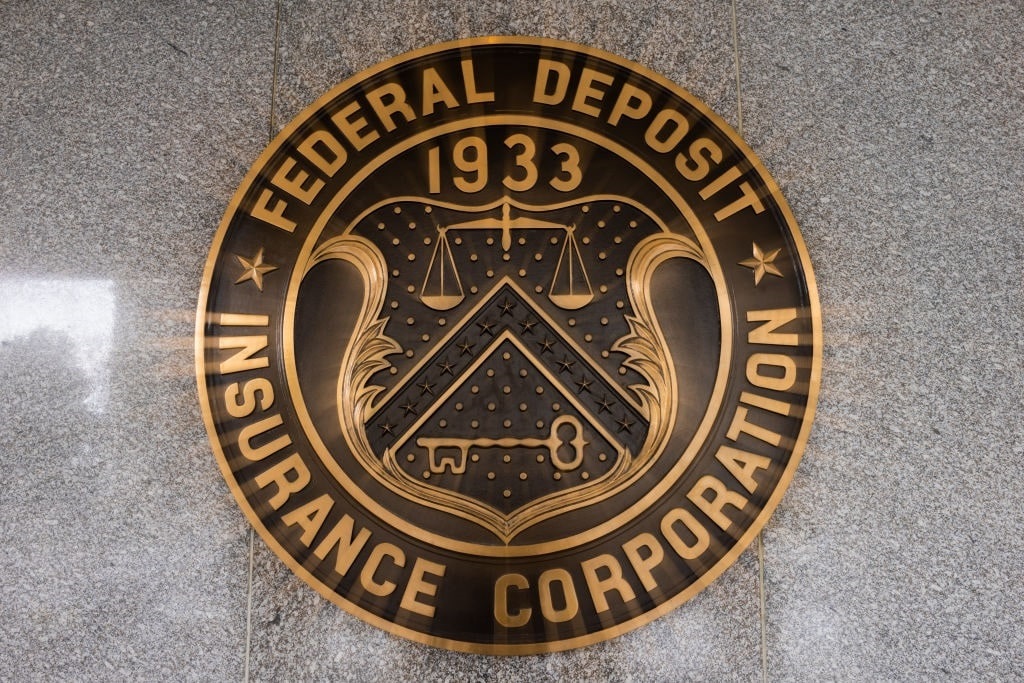Recent House and Senate committee hearings involving the top US regulators suggested that America’s banking crisis had been contained because of Washington’s smartest men and women. While the calamity witnessed earlier this year has quieted down, the situation is far from over. Case in point, another bank failure occurred, lifting the annual number of collapsed institutions to the highest level in six years. Just wait until next spring!
The Never-Ending Bank Failure Story
Citizens Bank, an Iowa-based company, became the fifth bank failure of 2023. Its closure did not capture national headlines because it possessed fewer than $66 million in assets as of Sept. 30, contributing very little to the $553 billion total assets of other shuttered banks this year.
According to the Iowa Division of Bank (IDOB) and Federal Deposit Insurance Corporation (FDIC), Citizens Bank’s demise was caused by “significant loan losses” related to a single industry: trucking. The two organizations noted that they submitted a consent order with the entity in August, mandating it reach out to a third-party loan consultant to manage the firm’s commercial trucking loan portfolio and produce a credit risk reduction plan. But it was not enough to prevent a bank failure.

(Photo by Nathan Posner/Anadolu Agency via Getty Images)
In the end, it maintained $58.9 million in deposits and $38.2 million in loans, with real estate loans accounting for nearly 42%. The IDOB was forced to close it on Nov. 3 and appointed the FDIC as the receiver. Iowa Trust and Savings Bank assumed all its deposits and purchased close to all its assets.
Citizens Bank joined Silicon Valley Bank, Signature Bank, First Republic Bank, and Heartland Tri-State Bank on the list of failures.
Could more come to face to face with doom? The real test of the banking system’s resilience will occur in March when the Federal Reserve’s loans are due. When SVB and Signature folded faster than Superman on laundry day, the US central bank launched an emergency funding facility to prevent further closures. It reached a fresh record high last week, rising $7 billion to $113 billion.
Mailing a Loss to Taxpayers
Despite projecting it would break even, the US Postal Service (USPS) lost $6.5 billion in the fiscal year 2023. The government’s money-losing venture proclaimed it was on the road to profitability, so the latest results are disappointing, particularly for taxpayers. The USPS reported a net income of $56 billion last year, thanks to 2022 legislation that injected a one-time $57 billion gain into the organization. The legislative effort adjusted how the post office accounted for its retiree health care expenses.

(Photo by Alejandra Villa Loarca/Newsday RM via Getty Images)
Postmaster General Louis DeJoy blamed inflation, noting that higher prices impacted operations. The most notable increase was the jump in printing prices, which primarily deterred junk mail marketers from sending flyers. In other words, because the cost of ink and paper has skyrocketed, companies are shipping out fewer materials, so households are not receiving 15% discount coupons on hair loss treatments.
“We are just in the early stages of one of the nation’s largest organizational transformations,” he said. “We are already providing more consistent, reliable, and timely delivery to America’s businesses and residences. We are also addressing near-term financial headwinds relative to inflation as we make strong progress in our long-term cost control and revenue generating strategies.”
The World Sells US Debt
Foreign investment into US government debt might have come at the worst time possible. The world reduced its holdings of America’s bonds by 1.25%, or $44.6 billion, in September, according to the Treasury Department’s monthly TIC report. To no one’s shock, China continued to diminish its exposure to US debt by $27.3 billion, or more than 3%, to $778.1 billion. Over the last 12 months, Beijing has decreased its Treasury holdings by 14%.
Japan, the world’s largest holder of US debt, trimmed its pot of American IOUs by $28.5 billion to $1.087 trillion. The United Kingdom and Canada also sold off approximately $30 billion and $15 billion, respectively. Other nations to adjust their holdings lower on a brisk September afternoon: Switzerland, Taiwan, India, Norway, South Korea, and Hong Kong. States to lend a helping hand to the US government during the back-to-school season: Luxembourg, Singapore, Saudi Arabia, and Germany.
This comes as domestic investor demand for US government debt has been abysmal over the past few months. The financial markets have signaled that they fear Washington’s fiscal picture will only deteriorate, a concern supported by Moody’s latest downgrade. Another bank failure, waning foreign interest in US bonds, and a ballooning budget deficit – is anything good happening in the economy?




